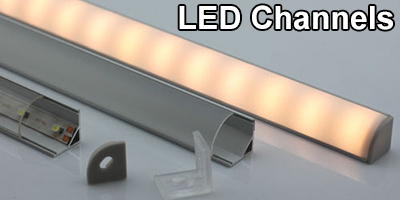soren-hamburgo
Newly Enlightened
- Joined
- Apr 29, 2018
- Messages
- 7
Hi there,
my friend and I are trying to fix an old TK40 after bad cells spilled inside the barrel and ruined the battery cage.
It was an expensive and brilliant light, hence the effort. We were able to clean everything and put things together and now step by step check all system parts.
Using an external power source we could check the head and tail switch. The only trouble is currently the battery carrier.
(There was a good discussion here about various sources of trouble with the TK40: https://www.candlepowerforums.com/vb...53#post3306753)
As you all know, there are both plus and minus on the top and here we get 5,6V. We also checked the power of each "slot" of the battery cage with two AA each. All four slots have 2,6V. Yet the lamp will not work.
We then tried putting some load into the system, a tiny circuitboard with some LEDs on it incidently floating around on our workbench. What happend was that the TK40 battery pack dropped in voltage down to 2,5 V. No wonder the LED would not work.
Before you ask: the load is ok, tried it with 3AA, worked fine, no voltage drop.
So what could be the problem here? Normally, one would assume there is some break or bad spot in the wiring, normally a break of the cable, in this case of the contacts? It is just a guess.
Any help appreciated. Thanks!
Soren
my friend and I are trying to fix an old TK40 after bad cells spilled inside the barrel and ruined the battery cage.
It was an expensive and brilliant light, hence the effort. We were able to clean everything and put things together and now step by step check all system parts.
Using an external power source we could check the head and tail switch. The only trouble is currently the battery carrier.
(There was a good discussion here about various sources of trouble with the TK40: https://www.candlepowerforums.com/vb...53#post3306753)
As you all know, there are both plus and minus on the top and here we get 5,6V. We also checked the power of each "slot" of the battery cage with two AA each. All four slots have 2,6V. Yet the lamp will not work.
We then tried putting some load into the system, a tiny circuitboard with some LEDs on it incidently floating around on our workbench. What happend was that the TK40 battery pack dropped in voltage down to 2,5 V. No wonder the LED would not work.
Before you ask: the load is ok, tried it with 3AA, worked fine, no voltage drop.
So what could be the problem here? Normally, one would assume there is some break or bad spot in the wiring, normally a break of the cable, in this case of the contacts? It is just a guess.
Any help appreciated. Thanks!
Soren

